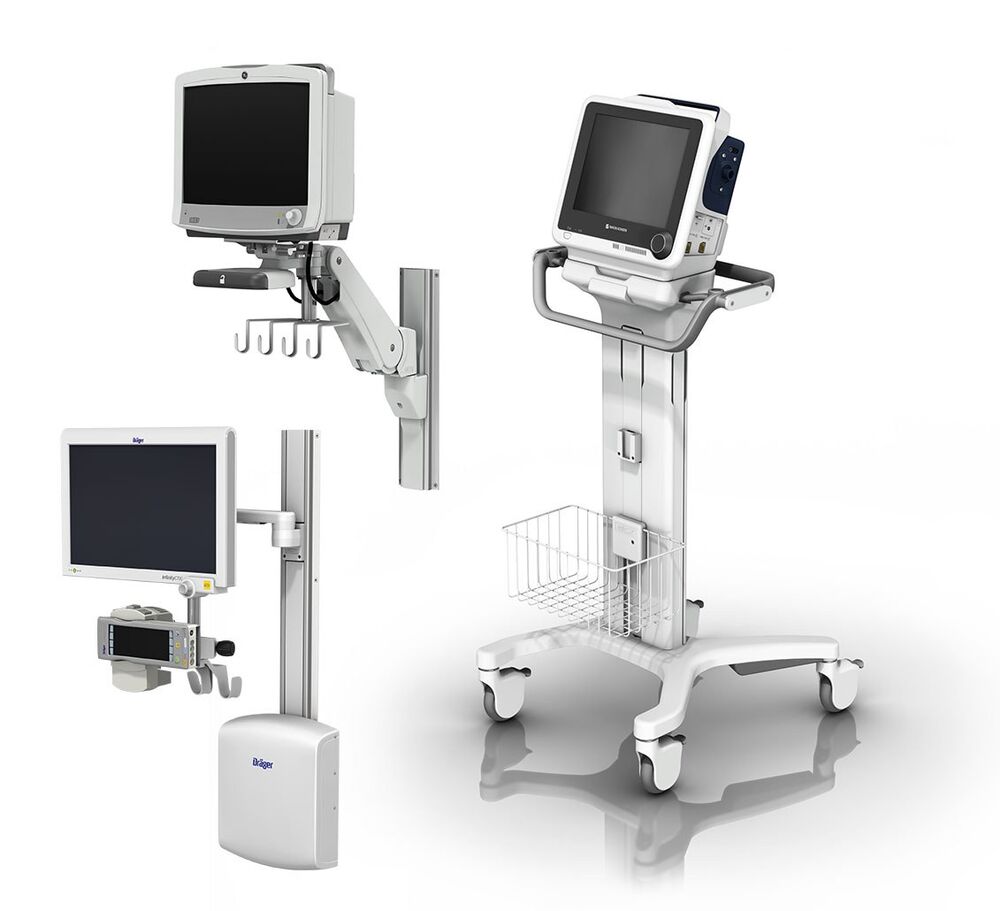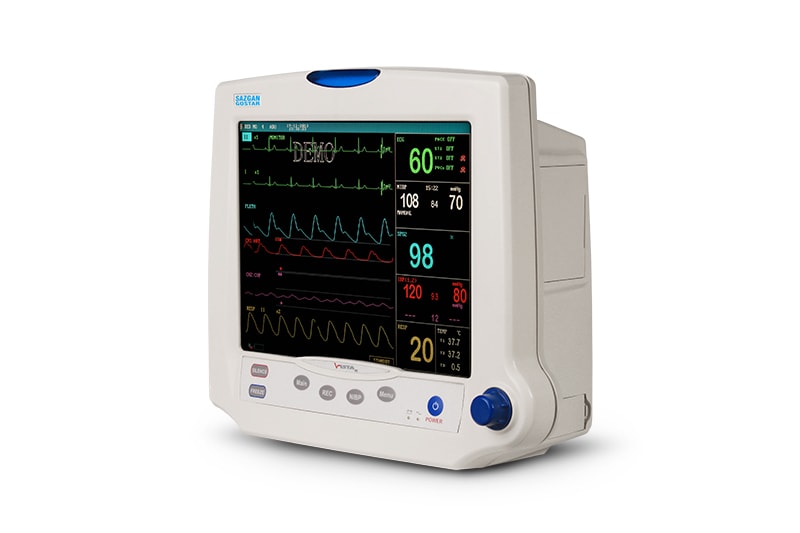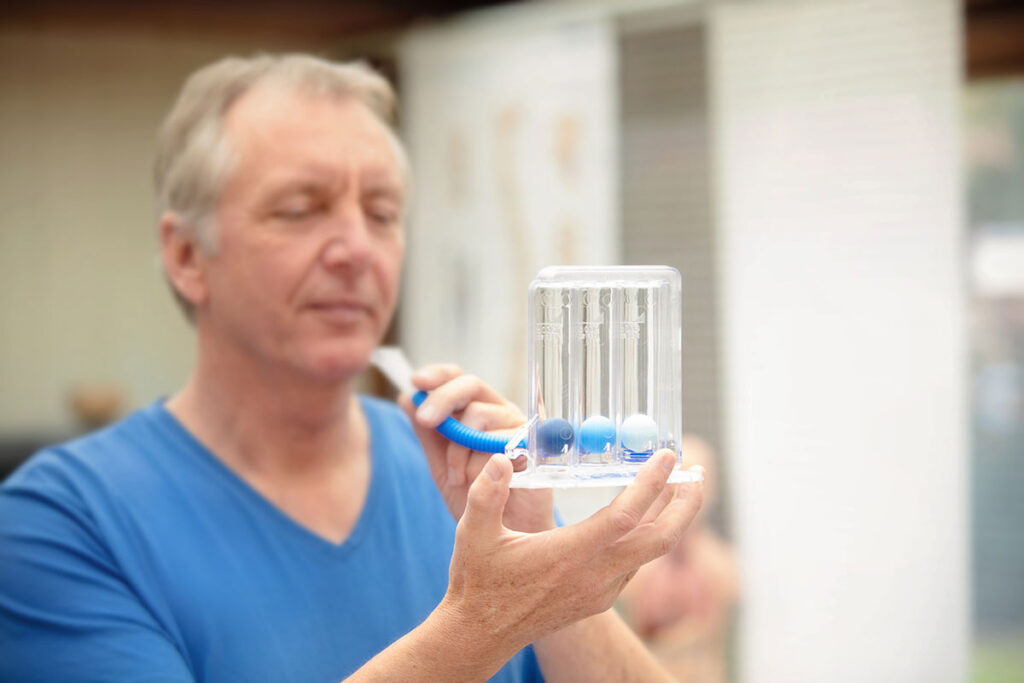?What is a vital sign monitoring device

What is a vital sign monitoring device?
Patient vital signs monitoring devices show the patient’s vital signals continuously and are one of the most important diagnostic and therapeutic medical equipment used in clinics, ambulances, various departments of medical centers including obstetrics and gynecology departments, emergency rooms, Operating room, hospitalization in the special care department of a hospital such as NICU, CCU, SICU, MICU, isolation room and even patient care at home.
Patient vital sign monitors, which are also called monitoring device, patient monitoring, physiological monitoring, vital signs monitoring device, patient monitor, hospital monitoring, home vital signs monitoring and patient heart monitoring, are used in fixed and portable form. Portable vital signs monitors, which are also called portable monitors and portable vital signs monitoring, are removable and suitable for use in ambulances. Patient monitoring can display different parameters or modules, including the electrical activity of the heart (ECG), heart rate, arrhythmia, breathing rate, blood pressure taken invasively (IBP) and non-invasively (NIBP). In millimeters of mercury, they have the percentage of blood oxygen saturation (SPO2), body temperature (Temp) in degrees Celsius and carbon dioxide in exhaled air in millimeters of mercury (CO2), the number of parameters shown is based on the place of use and Their application is different.
Vital signs monitor devices allow setting the allowed interval for different modules, and if the displayed values are not within the allowed interval, they notify the treatment staff or the patient’s caregiver at home of the problem by announcing a warning. Patient monitors can be connected to the central system, in the special care department of medical centers, there is a patient monitoring device next to the patient’s bed, and all the monitors are connected to the central system to control the conditions by nurses.

Types of patient monitor devices
Vital signs monitoring devices are classified as one of the diagnostic and therapeutic medical equipment based on the way of connection and modules in different types.
Types of patient vital sign monitors based on connection method
Bedside monitoring system
Central monitoring system
Tele monitoring system
Below we describe each one:
Bedside monitoring system
Bedside monitoring systems, which are also called badside monitoring systems, are usually attached to the wall in a fixed and motionless form next to the person’s bed, or are portable and removable on a wheeled base, and vital signs They measure and display the body.

Central monitoring system
Central monitoring systems, which are also called central vital signs monitoring and connection to the central monitoring system, are used to check and control the vital signs of patients who are in the same ward from the nursing station. By connecting the vital sign monitors to the central system, there is no need for the medical staff to be constantly present in the intensive care unit to check the patient’s vital signs.
To connect the bedside monitors to the central system, the network cable connected to the central system is connected to the network port embedded behind the relevant vital signs monitoring. Central monitoring systems have a monitor, a server related to the central system, and a communication channel, which are described below:
The monitor is used to display vital signs in the nursing station and control by the doctor or nurses. The number of monitors in this department may reach 3 or 4 depending on the number of patients in the department. The dimensions of the central monitor are larger than the bedside monitors. And its page is divided into the same areas to display the information of different patients.
Bedside monitors need a server in order to communicate with the central system monitor, which a computer system takes over this task. The server related to the central system must have the necessary conditions to connect the bedside monitors to the server computer wirelessly, under the network, etc., as well as the ability to create alarms, store vital signs measured for each patient for at least one day. Recording of stored and archived data is important.
The communication channels are selected based on the environment of the used department and the type of server, and it is necessary to establish a safe and noise-free connection between the monitors of the department and the central server, these channels may be of the type of radio waves, optical fiber, telecommunication cable, etc.

Tele monitoring system
Telemonitoring systems, which are also called in-hospital telemonitoring, have transmitters and receivers, display screens, and stabilizers, and transmit vital signs received from the patient wirelessly to bedside monitors or a central display station. Using the telemonitoring system, vital signs monitoring in one or more medical centers are connected to the central monitoring system using a network platform, and the doctor will be able to check vital signs and measured values.

Types of patient vital signs monitor based on module
Operating room monitoring
CCU/ICU monitoring
Emergency monitoring
Blood pressure monitoring
Blood sugar monitoring
Holter monitoring
Respiratory function monitoring
In the following, we will describe each of the above items:
Operating room monitoring
Operating room monitors, which are also called operating room monitors and operating room vital signs monitors, are used in the operating room of medical centers during surgery to control the patient’s vital signs.
CCU and ICU monitoring
CCU / ICU monitoring, which are also called CCU and ICU monitors and CCU / ICU vital signs monitors, are used in the special care department of the hospital to control the patient’s condition and check his vital signs.
Emergency monitoring
Emergency monitors, which are also called emergency monitors and emergency vital signs monitors, are used to check the patient’s vital signs in the emergency department.
Blood pressure monitoring
Blood pressure monitors, which are also called blood pressure monitors, blood pressure holters, continuous blood pressure monitors, blood pressure monitoring holters, and 24-hour blood pressure holters, are used to measure blood pressure permanently and check changes in blood pressure and heart rate. They are used day and night for patients with blood pressure, heart problems, etc. at home and in medical centers.
Blood sugar monitoring
Blood sugar monitors, which are also called blood sugar monitors, 24-hour blood sugar monitors, and continuous blood sugar monitors, are used to measure and control blood sugar around the clock in people with diabetes at home and in medical centers.
Holter monitoring
Monitoring holters, which are also called heart holters, ECG holters, EKG holters, rhythm holters, rhythm monitoring holters, continuous heart electrical activity monitors and holter monitors, are used to check heart activity, heart rate and heart rhythm around the clock in people. Patients with heart problems are used at home and in medical centers.
spirometer
Respiratory function monitors, which are also called spirometers, respiratory function monitors, and respiratory volume monitoring devices, measure a person’s respiratory volume (inhaled and exhaled air), which is called spirometry, lung testing, and spirometry. And by examining the measured results, the doctor diagnoses the person suffering from respiratory and lung diseases, including asthma.
Spirometers are used to measure the amount of oxygen intake and its transfer to organ cells for daily activities and carbon dioxide excretion. Respiratory performance monitors are designed in different types based on application and measurement capability.
Plethysmography: Plethysmography, which is also called body box, whole body plethysmography, and body plethysmography, is highly accurate in measuring lung volume and is used to determine the respiratory conditions of a person before long surgeries, evaluate the severity of lung disease, and investigate the effect of respiratory drugs on The function of the respiratory system is used.
Electronic spirometer: Electronic spirometer, which is also called digital spirometer and electric spirometer, has ultrasonic transducers and air flow channel to measure the volume of inhaled and exhaled air, and they are accurate.
Incentive spirometer: Incentive spirometer is used to strengthen, rehabilitate lung function and prevent lung adhesions.

Vital signs monitoring device modules
The modules or parameters that can be measured are different based on the place of use and the application of the device. Monitoring sensors are used to transmit information based on the type of modules that are in the device and include temperature sensor, probe for ECG and pulse oximeter, cuff for measuring blood pressure, blood sugar sensor, etc. Some of the modules available in vital signs monitor devices include the following:
The electrical activity module of the heart or ECG:
the electrical activity module of the body has the same function as the electrocardiogram device, but usually the number of leads used in monitoring is less and only 3 leads out of 12 cardiac leads received using the ECG device are displayed on the monitor of the patient’s vital signs. becomes The ECG module receives and displays waveforms related to signals received from the heart and breathing, as well as numbers related to heart rate and breathing.
Body temperature module or Temp:
The body temperature module, which is also called the temperature control module, is used to measure and display the body temperature continuously and the temperature difference in two channels.
SPO2 module:
The SPO2 module has the same function as the pulse oximeter device and displays the waveform of the signal related to the changes in blood volume in the vessels by a non-invasive method or plethysmography (PPG signal) and is also able to display the heart rate and percentage of saturated blood oxygen. is.
Blood pressure control module:
The blood pressure module uses a cuff that is tied to the patient’s hand and an automatic sphygmomanometer to measure blood pressure regularly at set intervals. The blood pressure control module has two types of NIBP and IBP modules, the NIBP module can measure blood pressure and mean pressure non-invasively, and the IBP (intra-arterial pressure) module can measure blood pressure and In some cases, average blood pressure is aggressive and displays its waveform.
CO2 module:
The carbon dioxide module is used to measure the amount of carbon dioxide in exhaled air, display its waveform, breathing rate and detect the presence of sleep apnea or breathing interruption.
Vital signs monitor components
Vital sign monitoring devices have a display screen, sensor (sensor or probe) and module, control keys, board and power supply. The display screen of vital sign monitors displays the date and time, measured numbers and set value intervals. , waveforms and warnings.
If the measured value in the patient’s vital signs monitoring device is not within the allowed range or the device has a technical problem, it will inform the patient, the treatment staff and the patient’s caregivers by announcing an audio or visual warning through the speaker, LED and screen. slow to fix the problem. By announcing the warning in the device, its operation is not stopped and it is only used to inform about the conditions. Device control keys are used to set allowed intervals, alarms, etc.
Vital signs monitor battery
The power supply board is responsible for converting the city electricity voltage to the voltage used in the monitoring device and charging the main battery. The batteries used in the monitoring device are the main battery and the backup battery. The main battery is the main power source of the patient monitoring device, it is usually rechargeable and is made of nickel cadmium (NI-CD) or lead acid (SLA). The backup battery is used in order to maintain the settings and use it in emergency times, and it is usually a small 3-volt battery.
Tips for purchasing a patient’s vital signs monitoring device
The price of vital signs monitoring depends on its capabilities and it is necessary to buy it, the use of the place of use, the age range of people, the type of patient monitoring in terms of whether it is fixed or portable, the ability to measure and display the required parameters, the weight and dimensions of the patient monitor device. Consider purchasing an appropriate vital signs monitor.
The display screen, its brightness and dimensions should be in accordance with the individual’s needs.
Hardware items related to patient monitoring including battery, its type and number, the correct operation of the battery and the preservation of system information in case of emergency and power failure, displayable parameters, the possibility of setting intervals and the presence of alarms should be checked.
In the parameter related to ECG, the number of leads, detection of arrhythmia, heart rate interval and warnings should be considered.
In the parameter related to blood pressure measurement, the measurement method, the size of the patient’s cuff in non-invasive measurement and the number of channels and measurement range in invasive measurement should be considered.
In the parameter related to saturated blood oxygen measurement, pay attention to the probe and its one or more use.
In the parameter related to body temperature measurement, pay attention to the probe and the number of inputs.
Check the system issues of the patient monitoring device, including the possibility of connecting to the central system and the compatibility of the device with MRI magnetic imaging.
The possibility of networking the patient monitoring device, the number of devices in a network, the possibility of controlling and viewing the system remotely, the need for a central station, etc. should be checked.
The existence of recording capability in the system and connection to the computer should be considered. Thermal recorders are used to print the patient’s information and signals, and by using the network cable, the information from monitoring the patient’s vital signs can be sent to the central system of the treatment staff for review and printing.
The level of sensitivity of the system is different based on the type of vital signs monitoring and the place of use, and it is necessary to pay attention to it.
Low-sensitivity patient vital sign monitors, also called low-sensitivity vital sign monitoring, display basic vital signs such as electrical activity and heart rate, blood oxygen saturation percentage, and non-invasive NIBP blood pressure.
Moderate sensitivity vital sign monitors, in addition to primary vital signs, also have the ability to measure invasive blood pressure, IBP and carbon dioxide in exhaled air, usually centrally and for emergency departments and general surgeries in medical centers.
High-sensitivity vital signs monitor, also known as high-sensitivity vital signs monitoring, displays primary vital signs, aggressive blood pressure, carbon dioxide in exhaled air, and arrhythmias, centrally and non-centrally for the care department. Special drugs and anesthesia are used after the operating room.
It is recommended to check the credibility of the manufacturing company and the existence of warranty and after-sales service of monitoring the patient’s vital signs.
How to work with a vital signs monitoring device
To use the patient’s vital signs monitor, first fasten the probe (probe) related to each parameter in the corresponding connector, if the central network is used, the cable related to this part should also be connected. Then connect the probes and electrodes related to the electrical activity of the heart to the patient and turn on the device so that the internal test of the device is done and the main screen is displayed. Adjust the allowed range of each parameter and the brightness of the monitoring device screen using the device keys. The patient monitor device starts working and to check the patient’s condition, the measured values are shown numerically or graphically on the screen of the device.
Tips for using and maintaining vital signs monitoring
The vital signs monitoring device should not be placed in humid environments, too high or too low temperature and against direct sunlight.
Avoid getting wet and hitting the patient monitor.
Cleaning and maintenance of patient monitor batteries is very important. If the monitoring is not used for a long time, remove the fuse on the back of the device and connect it to the power supply for at least 16 hours to fully charge it again.
The existence of a magnetic field creates problems in the operation of the device, so it is better to use vital signs monitor devices with the ability to use in magnetic environments in these environments.
The wires and cables used in the patient monitoring device should be periodically checked to fix any interruptions or breaks.
The electrosurgery device and medical lights in the operating room may interfere with the performance of the blood oxygen saturation measurement by the vital signs monitor, using an opaque cover on the pulse oximeter probe reduces the effect.
To use the pulse oximeter probe, it is better that the patient has not used nail polish so that the result can be announced correctly.
